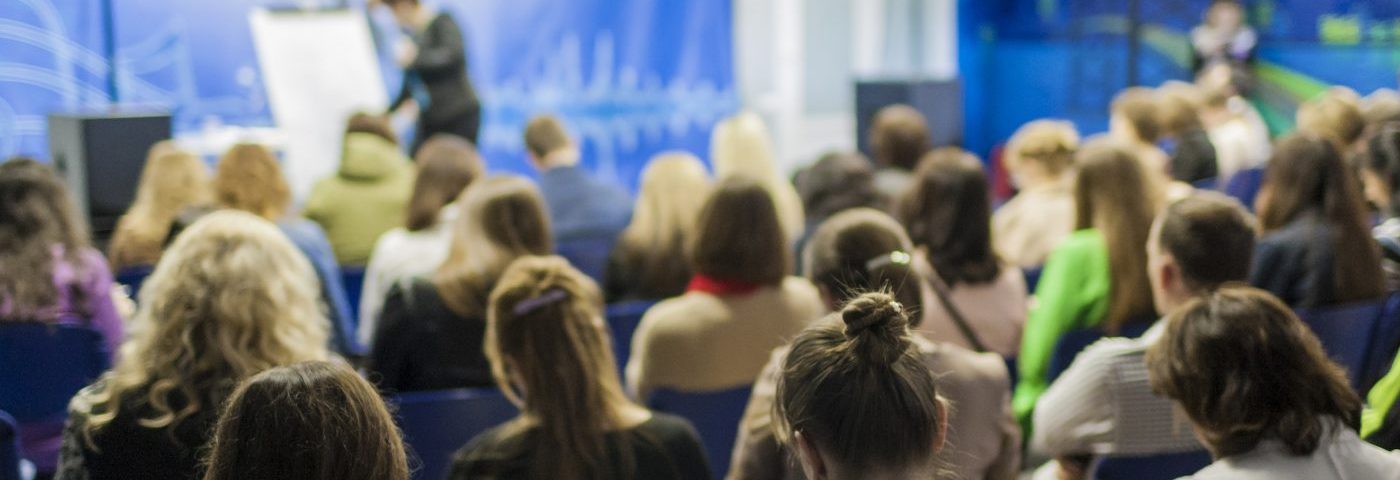Depression, fatigue, and reduced physical quality of life are among the factors that limit young cancer survivors’ ability to work, according to a Norwegian study.
Side effects of treatment can last for months or years, making the challenge of working more daunting, researchers said. They also reported that Non-Hodgkin lymphoma survivors were more likely to find it difficult to work than melanoma survivors.
Researchers presented their findings at the European Society for Medical Oncology Congress in Madrid, Spain, Sept. 8-12. The presentation was titled “Factors associated with reduced work ability in a nationwide cohort of long-term cancer survivors treated in young adulthood (19-39 years) — the NOR-CAYACS study.”
The NOR-CAYACS study dealt with the challenges that people 19 to 39 years old face when trying to work after surviving cancer. It covered people in the Cancer Registry of Norway who were diagnosed between 1985 and 2009 and who were alive in September 2015. Their cancers included melanoma, colorectal cancer, breast cancer, non-Hodgkin lymphoma and leukemia.
Researchers asked the 1,198 participants to complete a survey aimed at discovering associations between patients’ treatment and ability to work. The survey was the international Work Ability Index. On each question, participants were asked to score their ability to work on a scale of zero to 10, with zero being unable to work and 10 having a very high ability to work.
The lowest scores were associated with lymphedema, fatigue, or depression, poorer overall health, reduced physical quality of life, lower levels of education, and gender: More woman were represented in the lowest-scores category. Lymphedema, a condition characterized by swelling in the arms or legs, is usually a consequence of removing or damaging lymph nodes.
Sixty percent of the participants had full-time jobs. Their average age was 49, and on average, 13 years had passed since their cancer treatment.
“Around 80% of young people with cancer can be cured, but the treatments are intensive and two-thirds of survivors have long-term physical and psychological consequences,” Gilles Vassal, past president of the European Society for Pediatric Oncology, said in a press release. “This study shows that the psychological and somatic [physical] effects of treatment are associated with reduced work ability, rather than the cancer itself.
“Young cancer survivors should be informed about potential toxicities and monitored to minimize the severity of long-term” effects, he added. “Prospective clinical trials are needed to find treatments that lower the risk of late toxicity without jeopardizing the probability of cure.”
In related findings, another presentation at the Madrid conference revealed that 67 percent of healthcare providers treating adolescents and young adults with cancer in Europe have no access to specialized centers. This means that the patients have limited to no access to professional psychological support.
“These patients have specific needs that are not covered by pediatric or general oncology [cancer] centers or classical medical oncology centers, and this survey shows that most do not have access to the recommended special care,” Vassal said. “Countries without these services can look at existing examples – such as in the UK and France – to build teams equipped to improve survival and survivorship for adolescents and young adults with cancer.”
Researchers published the study’s finding in ESMO Open under the title “The care of adolescents and young adults with cancer: results of the ESMO/SIOPE survey.” Because ESMO Open is an open-access journal, anyone interested in reading the article can access it by clicking on the title link.


